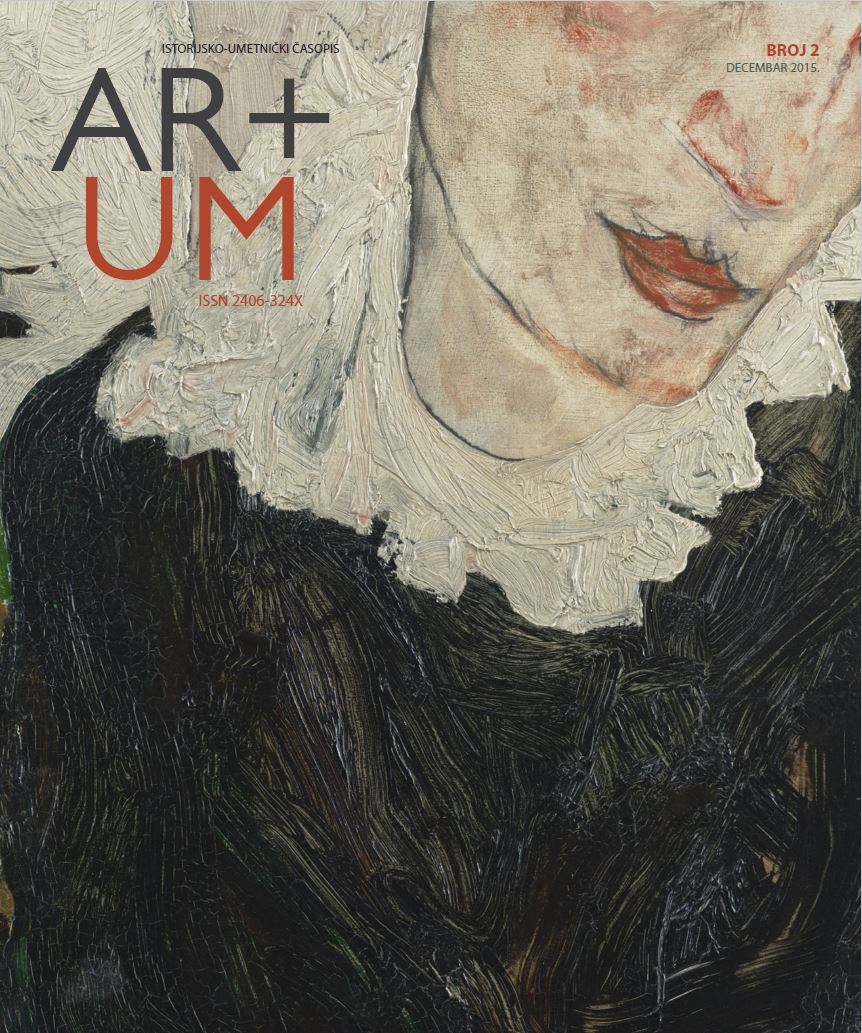Stalna postavka radova Egona Šilea u Muzeju Leopold u Beču
Egon Schiele, Self-abandonment and Self-assertion
Author(s): Katarina KostandinovićSubject(s): Visual Arts, Pre-WW I & WW I (1900 -1919)
Published by: Филозофски факултет, Универзитет у Београду
Keywords: Vienna;Egon Schiele;Leopold museum;Museum quart;permanent exhibition;
Summary/Abstract: Permanent exhibition of art by Egon Schiele in Leopold Museum in Museums Quartier, Vienna, represents the largest collection of Schiele’s work in the world. The collector, doctor Rudolph Leopold (1925-2010) was collecting the works of Austrian art of the first half of 20th century. Behind the representative work of Viennese Modern Art, the permanent exhibition also includes the works of applied art of Vienna’s Workshops (Wiener Werkstätte). The collection of doctor Rudolph Leopold today is compiled of over five thousand items and also includes European art of the 19th century, African, Asian art, etc. In the new exhibition of the collection of Leopold Museum, “Egon Schiele, Self-Abandonment And Self-Assertion” (Egon Schiele, Selbsthingabe und Selbstbehauptung), Schiele’s opus is represented in a way that follows several important events in his life. The phases of Schiele’s development as an artist are explained through several of his capital works. From klimtesque-early phase, to the act phase through the act phase which is marked by deformity in anatomy representation and exploring the psychological potential of the act, with the final phase being the one in which Schiele showed the maturity of his work. His self-portraits are arranged according to the above mentioned phases of his development. At the same time, they could be seen as the process of persistent introspection of the artist, which sometimes exceeds to the obsession of one’s own character. Current presentation of the permanent exhibition of Egon Schiele’s work represents his creative opus through determinants of his private life which undoubtedly left a trace in his work. Emphasizing the artist’s personality which gave his work the main character, explicit dedication and introspection, and furthermore, examining tumultuary inner life through the image medium, which Schiele was recognizable for, was inevitable. The documentation of Leopold Museum, along with the accompanying notes, photographs, and letters of the artist himself, enabled a visitor an insight into the artist’s life and creative work in an articulate and extensive manner.
Journal: Artum - Istorijsko-umetnički časopis
- Issue Year: 2/2015
- Issue No: 2
- Page Range: 107-112
- Page Count: 6
- Language: Serbian

